THE
Alamo

THE
Alamo
AN ILLUSTRATED HISTORY
Edwin P. Hoyt

Copyright 1999 by Edwin P. Hoyt
First paperback reprint 2003
All rights reserved.
No part of this book may be reproduced in any form or by any electronic or mechanical means, including information storage and retrieval systems, without written permission from the publisher.
Published by Taylor Trade Publishing
A Member of the Rowman & Littlefield Publishing Group
4501 Forbes Boulevard, Suite 200
Lanham, Maryland 20706
Distributed by National Book Network
Designed by David Timmons
The hardcover edition of this title was previously cataloged by
the Library of Congress as follows:
The Alamo: an illustrated history / Edwin P. Hoyt.
p. cm. Includes bibliographic references () and index.
1. Alamo (San Antonio, Tex.)Siege, 1836Pictorial works. 2. Alamo (San Antonio, Tex.)HistoryPictorial works. 3. San Antonio (Tex.)HistoryPictorial works. I. Title.
F390.H915 1999 976.4'351dc21 99-10697 CIP
ISBN: 978-0-87833-288-5
 The paper used in this publication meets the minimum requirements of American National Standard for Information SciencesPermanence of Paper for Printed Library Materials, ANSI/NISO Z39.481992.
The paper used in this publication meets the minimum requirements of American National Standard for Information SciencesPermanence of Paper for Printed Library Materials, ANSI/NISO Z39.481992.
Manufactured in the United States of America.
To the memory of those heroes who fell at the Alamo, with the reminder that
they were both Texians and Tejanos.

Contents

Preface
The Alamo.
The very name conjures visions of blood, sweat, and tears. Smells, sights, and sounds: the acrid stink of gunpowder, the gleaming steel of bayonets, the screams of frightened horses, the shouts of soldiers as they move to attack, the booming of cannon, and the popping of rifles and muskets. The cries of the wounded, and the awful silence of the dead.
It was not a big battle or even a very important one. When it was over and the last defender had fallen, General Santa Anna, the victor, felt great relief that one obstacle to rebellions elimination had been removed.
But within hours, the news of the Battle of the Alamo had begun to spread across Texas, and men by the hundreds rallied to the rebel cause.
Remember the Alamo! was their war cry, and it shook the world.
Texas People
Texan | Person who lives in Texas; more specifically, person born in Texas |
Texian | Texas colonist, usually but not exclusively from the United States |
Tejano | Person of Mexican origin who lives in Texas |
Norteamericano | Spanish term for an American colonist in Texas |
INTRODUCTION

The Alamo
The orders were clear. (Later, Col. James Bowie would say they were discretionary.) He was to take a detachment of more than thirty men to San Antonio de Bxar. There he would meet Lt. Col. James Clinton Neill, commander of the Texian garrison, and decide what was to be done with the Alamo, the old mission that had been turned into a fortress. The Texian War of Independence had broken out in the autumn of 1835 and the Texians had captured San Antonio in December. After that easy victory the volunteers of the victorious army had decided that the war was won, and their army had disintegrated. Now in January 1836, Colonel Neill had only eighty men to defend San Antonio against the attack he soon expected to be launched by the Mexican Army.
On January 17, 1836, Gen. Sam Houston wrote Gov. Henry Smith from Goliad:
Colonel Bowie will leave here within a few hours for Bexar, with a detachment of from thirty to fifty men.... I have ordered the fortifications in the town of Bexar to be demolished, and if you should think well of it, I will remove all the cannon and other munitions of war to Gonzales and Copano, blow up the Alamo, and abandon the place, as it will be impossible to keep up the Station with volunteers. The sooner I can be authorized the better it will be for the country.

THIS MAP OF TEXAS PRIOR TO THE TEXAS WAR OF INDEPENDENCE SHOWS LAND GRANTS IN POSSESSION OF THE COLORADO AND RED LAND COMPANY. IN ADDITION TO TEXAS, LOUISIANA, THE ARKANSAS TERRITORY, AND PARTS OF THE MISSOURI TERRITORY, IT DESCRIBES THE MEXICAN STATES OF COAHUILA AND TAMAULIPAS.
TEXAS STATE LIBRARY & ARCHIVES COMMISSION
He called Colonel Bowie in and explained his strategy for the war against the Mexicans: The Mexican Army was modeled on Napoleonic lines and the Texians could not hope to equal their cavalry, which could sweep through level ground like a scythe. But Mexicos center of government was south and west, a long way from Texas, and as the campaign continued, their supply lines would grow longer and more brittle. General Houstons plan was to wear down the enemy by raids and forays, avoiding confrontation, and finally to draw them into battle in the forest country of East Texas, where the rifles of the Texians would be at best advantage.
For the moment, General Houston said, we have to fight a defensive war. He told him what he had written to Col. James Fannin earlier. Houston knew that everything that had happenedGonzales, Goliad, Concepcin, San Antoniowas just good luck. The Mexicans had just begun to fight. Gov. Henry Smith called the ragtag Texian army a mob nicknamed an armyand he was about right. They desperately needed artillery, but it wouldnt arrive from New Orleans until March. They had no tents, arms, ammunition, or food to keep any kind of real force in the field. Houstons idea was to keep only enough troops to man the defenses at Goliad and Gonzales and to furlough all the others.

IN THE YEARS PRIOR TO THE CIVIL WAR, THE ALAMO WAS RESTORED AND USED BY THE U.S. ARMY QUARTERMASTER CORPS AS A SUPPLY DEPOT.
THE SAN ANTONIO LIGHT COLLECTION, UT INSTITUTE OF TEXAN CULTURES AT SAN ANTONIO
Houston had recently received a letter from Green Jameson, chief engineer of the Alamo, describing the fortress. That description had convinced the general that the Alamo was not defensible. The dilapidated Spanish mission was not the place to make a stand.

SAM HOUSTON AS HE APPEARED IN THE LATE 1830S.
CENTER FOR AMERICAN HISTORY, UNIVERSITY OF TEXAS AT AUSTIN

Next page

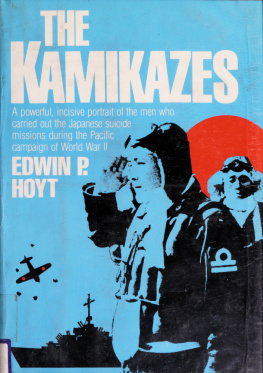
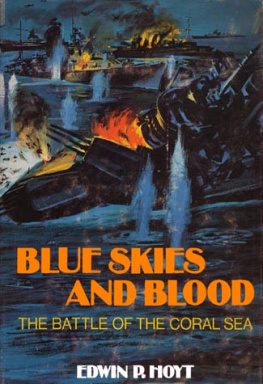
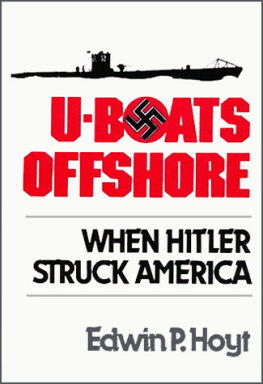
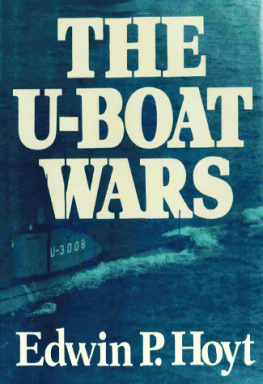
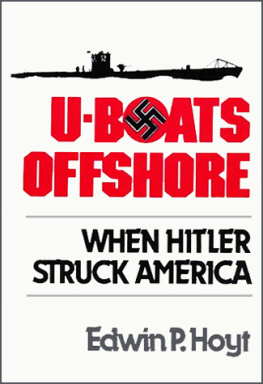

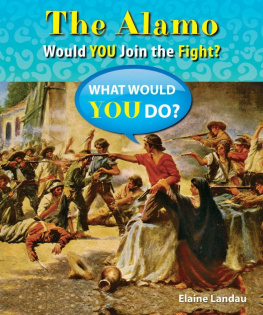
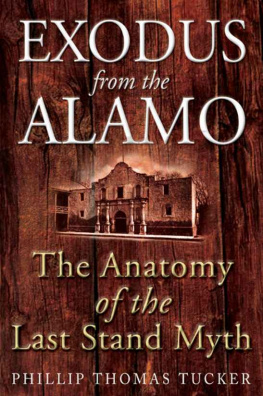
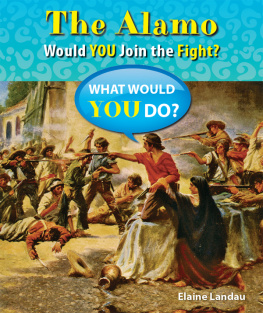
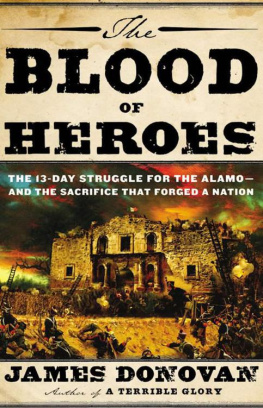


 The paper used in this publication meets the minimum requirements of American National Standard for Information SciencesPermanence of Paper for Printed Library Materials, ANSI/NISO Z39.481992.
The paper used in this publication meets the minimum requirements of American National Standard for Information SciencesPermanence of Paper for Printed Library Materials, ANSI/NISO Z39.481992.



